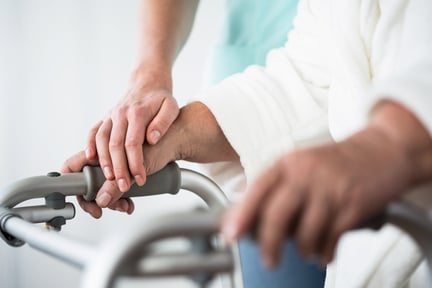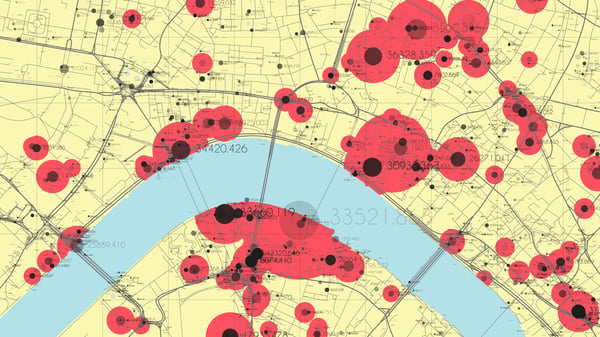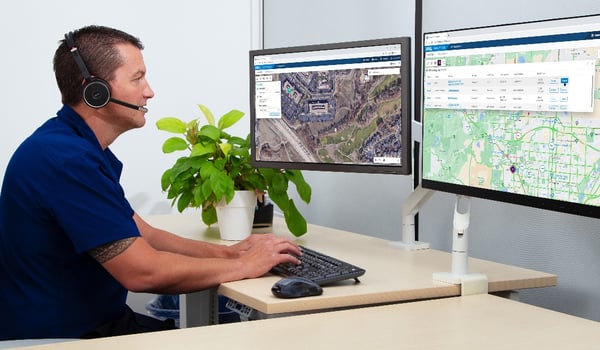4 Must-have Data Points for Dispatch-Billing Alignment and Maximum Reimbursement
Community Paramedicine in 2019: Design, Sustainability, and the Future
ZOLL SUMMIT Speaker Series Community Paramedicine
Was this information valuable?

ZOLL SUMMIT Speaker Series
Community Paramedicine. It is a concept/model we have been hearing about for years, and it is one of the top emerging trends in EMS to watch in 2019. It’s gaining traction at an alarming rate in the United States and has the ability to transform EMS: to diversify services provided, create new revenue streams (and thereby provide financial support), and perhaps most importantly to engage the community in order to make a bigger difference and positively impact more people. New pilots and programs are opening all around the country. Already, there are widely successful programs in Pennsylvania, Texas, Colorado, and Wisconsin. We need to examine the accomplishments of those state’s programs to determine how we can replicate and apply their success nationally in 2019.
The best part of Community Paramedicine is that it’s developed and designed based on a specific state or county’s requirements and therefore no two programs are exactly the same. This makes them unique, and when they are built to support the gaps found in the county or city, they are operating in, incredibly successful. There's no doubt that in 2019 there will be further growth in the field of Community Paramedicine. The key, however, is using the data from your program to help you frame and present a financially viable model for your community – one that will last for years to come.
Sustainability is the hardest part of building a thriving Community Paramedicine program. Over the past few years, we've witnessed the rise and fall of many good programs that initially achieved some very promising results but could not maintain their momentum. Sometimes they fail because of a lack of data, sometimes a lack of evidence. However, from what we have seen it’s ultimately the lack of resources and support, and, perhaps most important, making your program marketable to senior leadership and funding sources.
Here are some keys to success with sustainability:
Data! We need the data!
Data is one of the most important parts of a Community Paramedicine Program. You must have metrics and goals for the program. In order to make it tenable, you have to know where you came from, where you are going, and have an understanding about what is important to the key players in your area. If you are working with multiple healthcare systems, those metrics might be completely different for each organization. They’ll be determined by what they see as key to their success, and what their system initiatives are. Understanding these and being able to deliver results to all your stakeholders will impact the longterm viability of your program.
When it comes to the data itself, what you collect must be objective and subjective data. You must be able to tell the story of the patients and pull on the heartstrings of those you are talking to, but also be able to show them the objective data that demonstrates the program’s success in a measurable format. Both the personal, individual success stories and the data about how the program is tracking against its KPIs are crucial for getting buy-in from your key stakeholders.
Motivational interviewing 
This is definitely something to watch for in Community Paramedicine programs. To truly make a difference and gain momentum, leaders need to focus on using this evidence-based approach to promoting change. Community Paramedicine is all about the patient, and how we can positively impact their lives. Sometimes this boils down to food insecurity, or it can be as complex as diabetic management. Determining and understanding your patient’s goals is one of the most important pieces in the puzzle when designing a successful and sustainable program. Once established, you must work to meet your patient’s goals, even though their objectives won’t always align with those of the medical system.
When we actively engage with our patients and use tools like motivational interviewing, we have a better chance at getting to the root cause of the medical issues and forming a bond that will allow us to get past those barriers. This in return will allow us to meet the metrics of our program and show not only subjective but objective success that will help us create sustainability.
A trauma-informed care approach
When working with highly complex, at-risk patients in Community Paramedic programs, we also need to take a trauma-informed care approach. This is another one of the keys to building strong relationships with our patients that ultimately will help to determine the program’s success. When we take the time to understand that our patients often have many different types of trauma in their lives, we can do a better job of supporting them. This lowers the risk of re-traumatizing them when we work with them and will promote a better chance of success.
Want to know more? Register for SUMMIT and make sure to attend Brian Randall’s session on Community Paramedicine.
Related Posts
How EMS Agencies Can Reframe Need and Refocus Resources With Geospatial Analytics
How To Minimize Radio Chatter and Reduce Guesswork With Smarter Dispatch Resource Management
ZOLL Pulse Blog
Subscribe to our blog and receive quality content that makes your job as an EMS & fire, hospital, or AR professional easier.
ZOLL Pulse Blog
Subscribe to our blog and receive quality content that makes your job as an EMS, fire, hospital, or AR professional easier.






